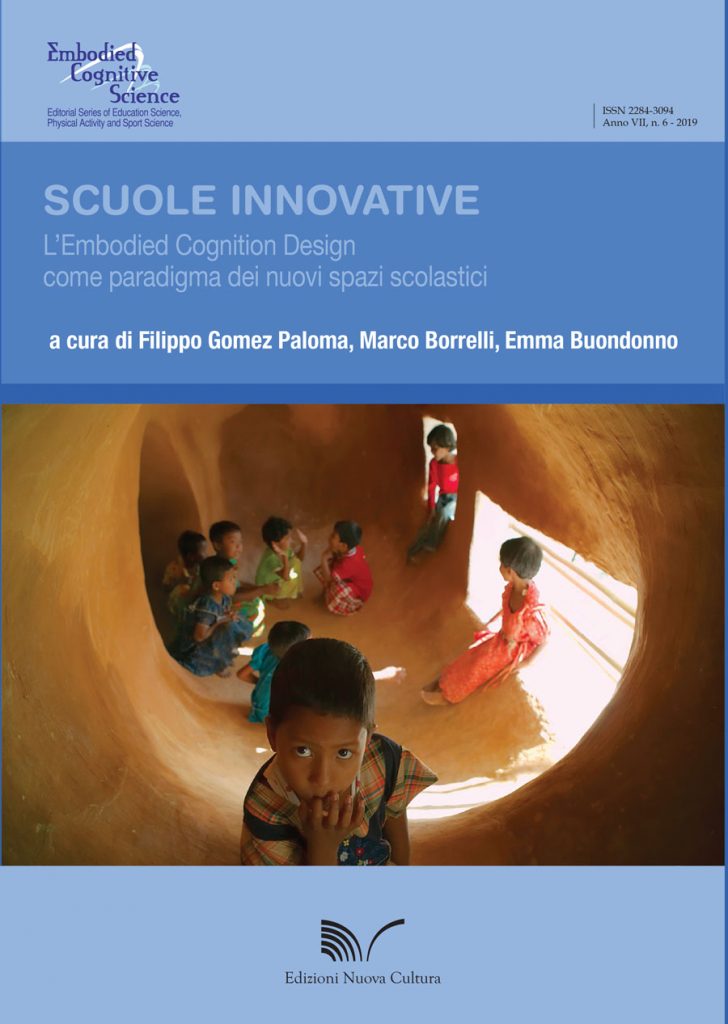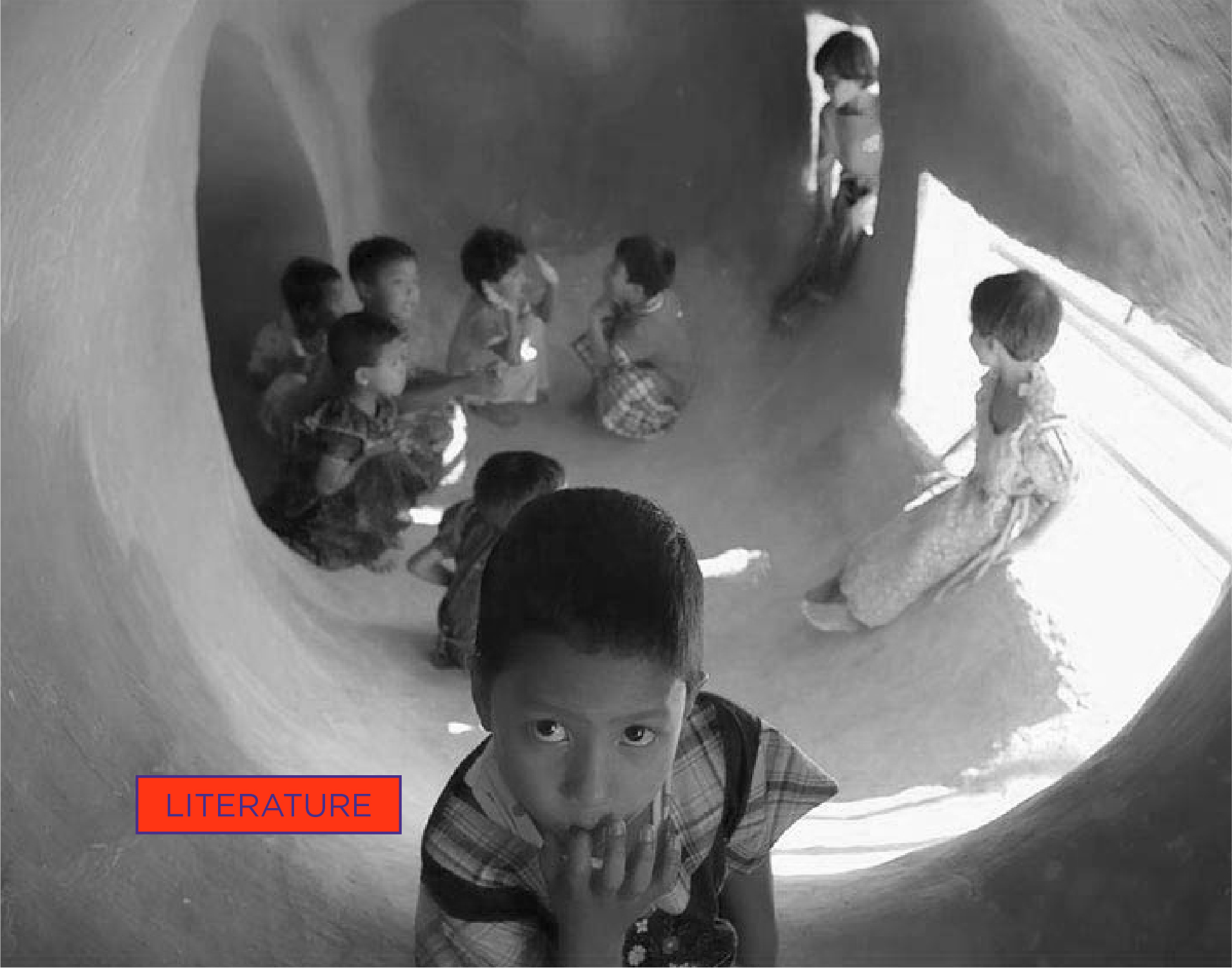Awareness and thinking, as architectural historian Harry Francis Mallgrave recalls,
«they are fundamentally embodied, in the sense that the important aspects of our perceptual and conceptual activity involve sensorimotor areas related to our movements and body awareness».
Zambelli 2021, p.28
This means that learning, and other higher cognitive activities, cannot ignore the involvement of the body and the space in which it operates.
As claimed by the Professor of Didactics and Special Pedagogy of the University of Macerata Filippo Gomez Paloma
«architectural space, understood as a perceptive and interactive environment of and for human beings, represents an extension of the human body. […] Architectural space and body have strong and deep bonds, a reciprocal interaction that is justified precisely on a neuro-phenomenological level».
Gomez Paloma 2019, p.16
The new pedagogy, therefore, as the pedagogist Maria Montessori had already intuited at the beginning of the last century, requires on the one hand, a didactic approach that takes into account a learning based on the use of the mind-body system and its movement in the space, therefore, of embodied learning, and on the other, educational environments capable of supporting and promoting it.
The evolution of architectural design, writes Emma Buondonno, architect and Professor of Composition at the Department of Architecture of the Federico II University of Naples,
«it is not achieved only through the improvement of the quality of the environment in the broadest sense of the meaning, but above all if through architecture it will be possible to shape and increase the skills of people for a life enriched with values and well-being that they are young, women, children, disabled people and the elderly in an ever-expanding sense of community».
Gomez paloma 2019, p.54
It is on these assumptions that Filippo Gomez Paloma, Marco Borrelli, University researcher of the Department of Architecture of the Vanvitelli University, and Emma Buondonno, have started a training course for innovative schools based on the principles of Embodied Cognition Design.
This co-workshop involved several schools and produced a series of project effects, resulting in the publication of a book entitled “Innovative Schools. Embodied Cognition Design as a paradigm of new school spaces”.
The book, in addition to retracing the stages of this training path and reporting the results obtained in planning and theoretical terms, returns a general vision of the history of school spaces, of the legislation that regulated them, of the pedagogical principles and of the neuroscientific studies at the basis of neuro-didactics and embodiment, and questions the possible future of educational spaces.
To know more about:
Filippo Gomez Paloma, Marco Borrelli, Emma Buondonno, (a cura di), Scuole innovative. L’Embodied Cognition Design come paradigma dei nuovi spazi scolastici, Edizioni Nuova Cultura, Roma 2019

Fogassi 2019 – Leonardo Fogassi, Raniero Regni, Maria Montessori e le neuroscienze. Cervello – Mente – Educazione, Fefè Editore, Roma 2019;
Gomez Paloma 2020 – Filippo Gomez Paloma, Roberto Vanacore, Progettare gli spazi educativi. Un approccio interdisciplinare tra architettura e pedagogia, Anicia Editore, Roma 2020;
Gomez Paloma 2019 – Filippo Gomez Paloma, Marco Borrelli, Emma Buondonno, a cura di, Scuole innovative. L’Embodied Cognition Design come paradigma dei nuovi spazi scolastici, Edizioni Nuova Cultura, Roma 2019;
Rivoltella 2012 – Pier Cesare Rivoltella, Neurodidattica. Insegnare al cervello che apprende, Raffaello cortina Editore, Milano 2012.

